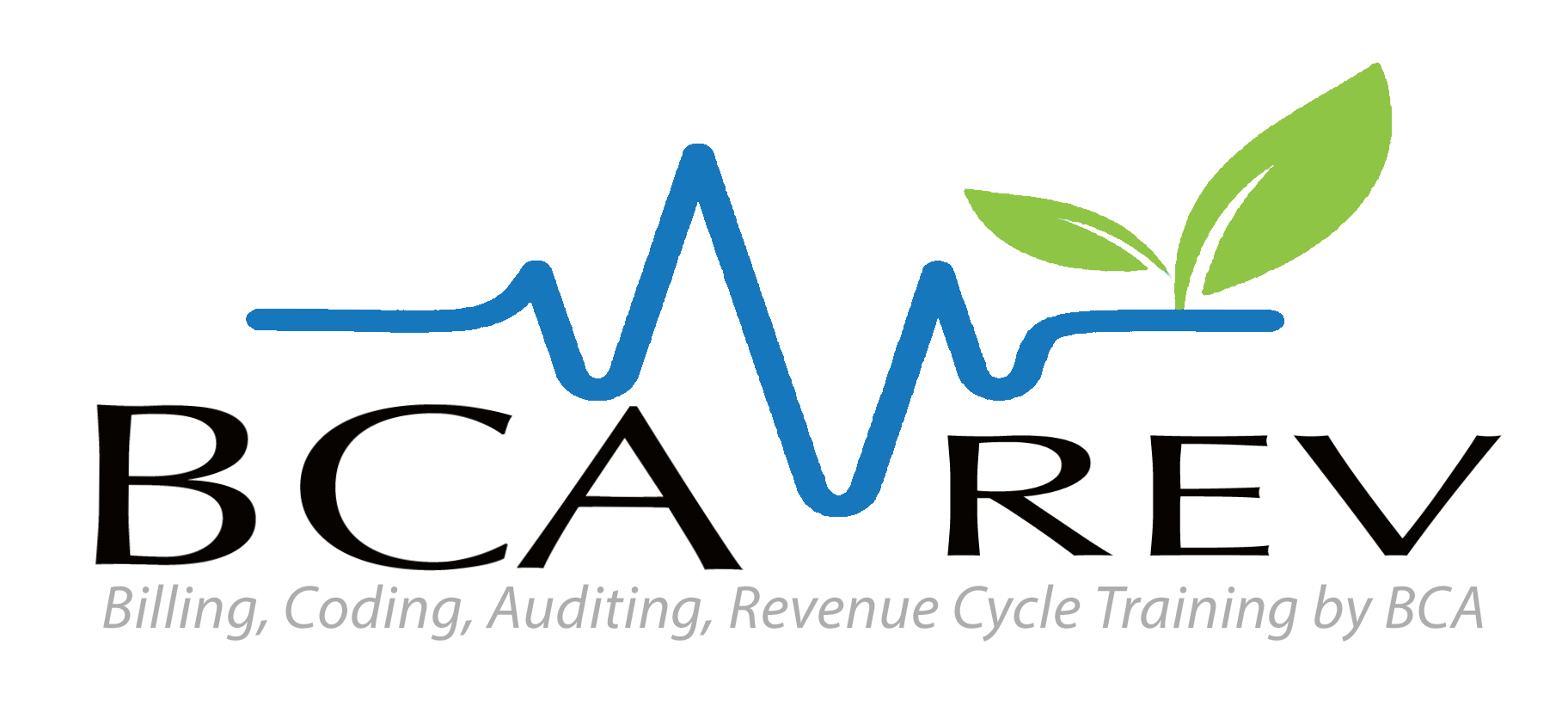With a current reimbursement rate of $23.53, it is evident that reporting 99211 can bring additional revenue into your practice. Reporting just five 99211 encounters per week could result in over $6,100 per year. The following guidelines can help assure you maintain compliance and receive the revenue you deserve for the services you may already be providing.
CPT defines code 99211 as an “other outpatient visit for the evaluation and management (E/M) of an established patient that may not require the presence of a physician or other qualified healthcare professional.”
- The provider-patient encounter must take place face to face. You may not bill code 99211 for calling the patient, writing a prescription, calling in a prescription to the pharmacy, or emailing a patient.
- The patient must be an established patient who has been seen initially by the physician so the services of the staff are “incident to” the treatment of a previously established problem for that patient by the physician; all other requirements pertaining to incident-to* policy are met.
- The E/M service provided must be medically necessary and separate from other services rendered.
- You can bill only one E/M code per day, per practice.
- If the patient is not seen by the physician, bill visits under the incident-to Medicare guidelines.*
- The incident-to Medicare guidelines include having a physician present in the office suite (direct supervision).
- Services must be billed under the physician who is present within the suite.
- Some private payor policies require that if you bill 99211, the physician has to see the patient every 3rd visit. Be sure to check with your top payors for recent updates on incident-to requirements.
Examples of services that may be billed using 99211, assuming they are well- documented and are medically necessary:
- A blood pressure evaluation at the request of a clinician (follow up on BP check ordered).
- Suture removals outside of global services (global concept does not apply to FQHC patients).
- Dressing changes
- Refilling medication may be billed if the patient is receiving ongoing management by the physician and the prescription is part of the treatment. E/M 99211 would be appropriate if a patient came in needing counseling from a nurse about a new regimen of medications.
- Nurse sees patient for urinary burning, nurse discusses with clinician, labs ordered/reviewed and Rx ordered (no face to face between patient and clinician).
- Patient returns for PT/INR. Protime 85610 includes evaluation. When patients on anticoagulants come in for routine PT tests, 99211 is only billable when dosage or some other aspect of the regimen is being adjusted. When no change is made, 99211 is NOT billable.
- Discussion with patient following laboratory tests that indicate need to adjust medications.
* See BCA’s Incident-To factsheet for more information on the requirements for this unique service.
Examples of Services that may NOT be billed using 99211, even if they are medically necessary:
- Phone Calls
- Prescription Refills
- Drop in Blood Pressure checks without clinical indicators (does not support incident-to)
- Laboratory Tests – The lab performing the test should bill using the appropriate CPT codes
- Blood Draws – Should be billed using 36415, 36416 or G0001, as appropriate
- Chemotherapy injections – Use appropriate chemotherapy injection code (96400 or 96408)
- Assessment of patient or flushing of vascular access ports prior to chemotherapy administration
- Monitoring of cardiology tests, such as thallium stress tests, where such monitoring is inherent in the performance of a test
- Immunization administrations should be reported with appropriate administration code only (90460-90474)
Documentation Tips:
When documenting 99211, the more details you can provide is better. Staff should have a clear understanding of the incident-to, supervision and regional or state scope of practice rules and local medical review policies for these services. Although 99211 does not require the MDM of other E/M codes, documentation should describe the visit by including some degree of the patient’s history, reason for visit, subjective details, limited exam and plan/outcomes to show medical necessity of the visit.
Staff members who are cognizant of billing and coding guidelines tend to pay increased attention to the quality of documentation, which can result in a more useful medical record for all providers involved in the care of the patient.
Use good judgement when reporting 99211, not every encounter has clinical indicators that support medical necessity. Be cautious of establishing blanket policy practices for “nurse visits”; ethical standards still apply.
